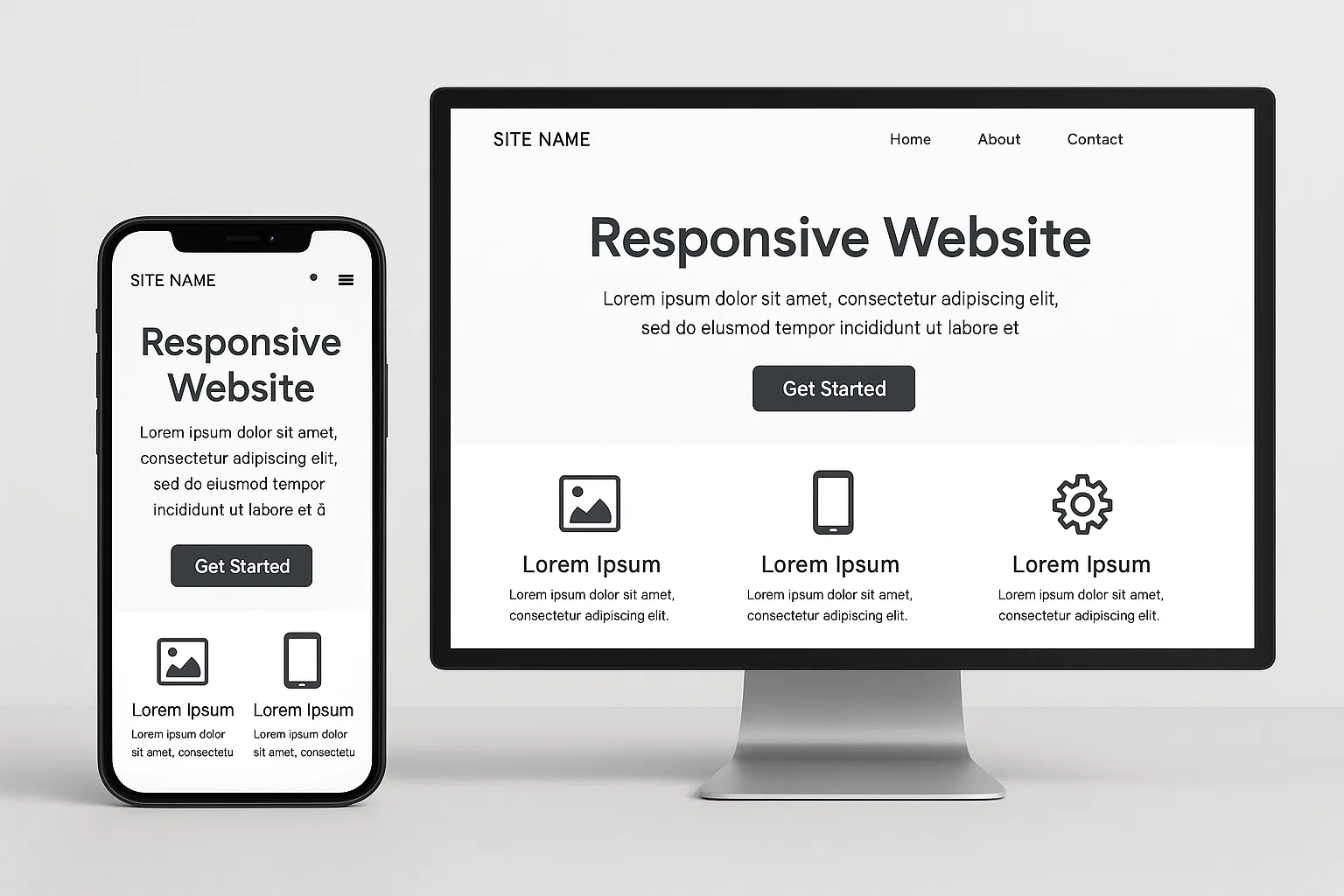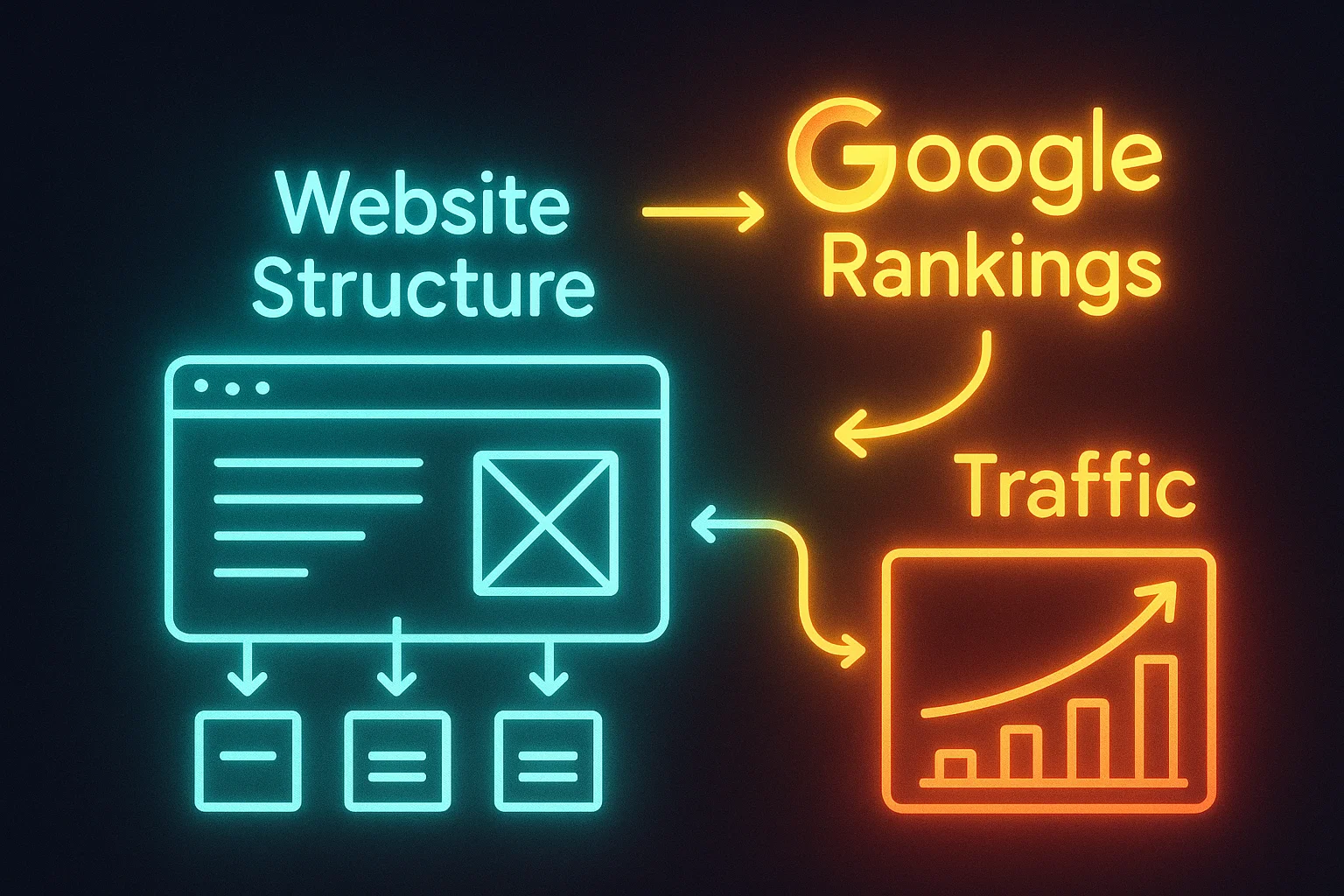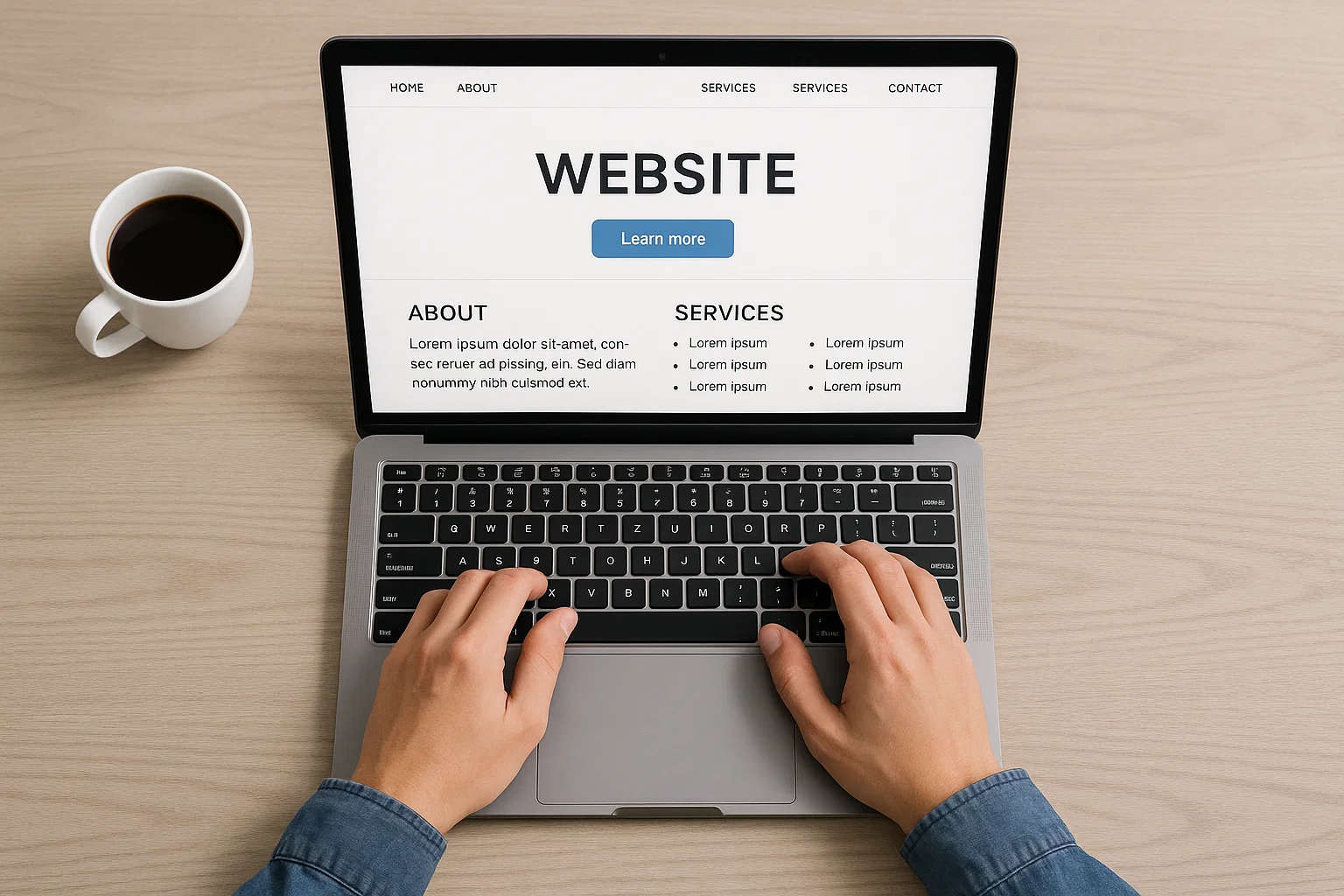In a digital-first economy, a website often acts as the front door to a business. Yet many companies still wonder why web design is important and whether it truly influences results. The truth is that design shapes how customers perceive credibility, how easily they navigate information, and how likely they are to engage. Good design is not just about looks—it’s about usability, search performance, and conversion rates. Without investing in professional design, even the best products and services may be overlooked. Understanding why web design matters helps organizations create online platforms that attract, engage, and convert visitors effectively.

The Role of First Impressions in Web Design
First impressions happen quickly. Research shows that users form opinions about a site in less than one second, and 94% of those impressions are design-related, according to HubSpot. This highlights why web design is important for credibility. A cluttered or outdated layout may suggest a business lacks professionalism. Conversely, a clean and visually appealing website encourages trust and signals quality. Colors, typography, and imagery all contribute to how a visitor perceives a brand. Since people often associate digital presence with brand reliability, design can determine whether potential customers stay or leave immediately.
Why Web Design Affects User Experience
User experience (UX) is central to modern web design. A well-designed site provides clear navigation, consistent formatting, and logical content flow. Visitors should be able to find what they need without frustration. When users struggle to locate information, bounce rates rise and conversions fall. Accessibility also plays a role. Standards from the World Wide Web Consortium (W3C) emphasize design practices that make sites usable for people with disabilities. Prioritizing accessibility broadens audience reach and demonstrates inclusivity. In short, intuitive design enhances satisfaction, while poor design drives people away.

The Connection Between Web Design and SEO
Another reason why web design is important lies in its connection to SEO. Google ranks websites based on more than keywords; it also evaluates usability and structure. Mobile responsiveness, fast load times, and proper coding all influence search visibility. Poor design choices, like heavy graphics that slow performance or confusing navigation, can hurt rankings. Structured data and internal linking help search engines understand site hierarchy and content relationships. By investing in SEO services alongside professional design, businesses improve both user experience and organic visibility. A well-designed site is not only appealing to humans but also easier for search engines to crawl and index.
Web Design and Brand Credibility
Brand credibility often begins with design. A polished website communicates that a business is trustworthy and established. Outdated sites, broken links, or inconsistent branding can make even strong companies appear unreliable. On the other hand, consistent design elements—colors, fonts, imagery—reinforce brand identity and strengthen recognition. Businesses that align design with brand personality build stronger emotional connections with customers. When users feel confident in a brand’s digital presence, they are more likely to make purchases, share information, and return in the future.

Mobile-Friendly Design as a Necessity
With more than half of global traffic coming from mobile devices, mobile-friendly design is no longer optional. This reality underscores why web design is important in 2025. A site that works well on desktop but fails on smartphones risks alienating a large portion of potential customers. Google’s mobile-first indexing means search rankings also depend on mobile usability. Mobile commerce continues to grow, with billions in transactions happening through phones and tablets. Responsive design ensures that layouts adapt seamlessly across devices, buttons remain easy to tap, and pages load quickly even on mobile networks. Ignoring mobile design means ignoring the majority of modern users.
Website Speed and Performance as Part of Design
Performance is part of design, not just development. Slow-loading sites frustrate users, with nearly half of visitors abandoning a page that takes more than three seconds to load. Speed affects SEO rankings as well, since Google prioritizes fast sites in its algorithm. Optimized images, clean coding, and reliable hosting are all design decisions that improve performance. A fast and responsive site keeps users engaged, reduces bounce rates, and builds confidence. Design that prioritizes performance directly supports business growth by meeting customer expectations for efficiency.

How Professional Web Design Supports Business Goals
Every website should serve a purpose, whether it’s generating leads, driving sales, or educating audiences. That’s another reason why web design is important. Professional design ensures that calls to action are prominent, contact forms are user-friendly, and eCommerce processes are seamless. Businesses considering a website redesign often do so because existing designs no longer align with goals. A redesign can modernize branding, streamline customer journeys, and integrate new technologies. By focusing on design as a strategic asset, companies ensure that websites actively support broader business objectives.
Web Design and Conversion Rates
Design directly influences conversion rates. Elements such as layout, imagery, and button placement guide users toward taking action. Case studies show that even small design changes, like adjusting button colors or simplifying forms, can significantly improve conversions. According to Forbes, businesses with optimized web design see up to 200% higher conversion rates. A confusing layout, on the other hand, causes hesitation and lost revenue. By prioritizing design that encourages engagement, companies turn visitors into loyal customers more effectively.
The Role of Ongoing Website Maintenance in Design Success
Design is not a one-time project—it requires ongoing care. Over time, broken links, outdated visuals, and slow performance can damage user experience. Regular website maintenance keeps designs functional and fresh. Maintenance includes updating plugins, monitoring security, and refreshing content. Without it, businesses risk presenting an outdated or broken image to potential customers. Proactive updates also provide opportunities to adapt design to evolving trends and technologies. A well-maintained site shows commitment to professionalism and ensures that initial design investments continue to deliver value.

Conclusion
So, why web design is important? Because it impacts every touchpoint of the digital customer journey. From creating strong first impressions and shaping user experience to improving SEO, supporting mobile users, and increasing conversions, design plays a central role in online success. Businesses that treat design as an investment rather than an expense enjoy stronger visibility, greater credibility, and higher revenue. For organizations ready to modernize their digital presence, Best Website Builder Group provides expert web design, redesign, and maintenance services that transform websites into powerful engines of growth.
